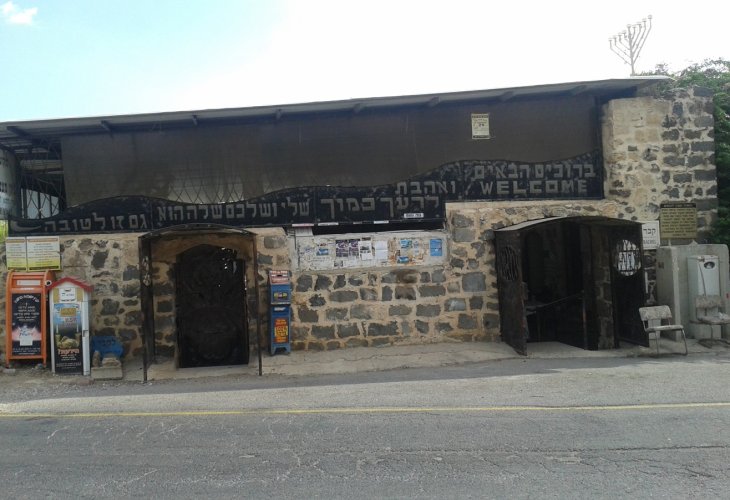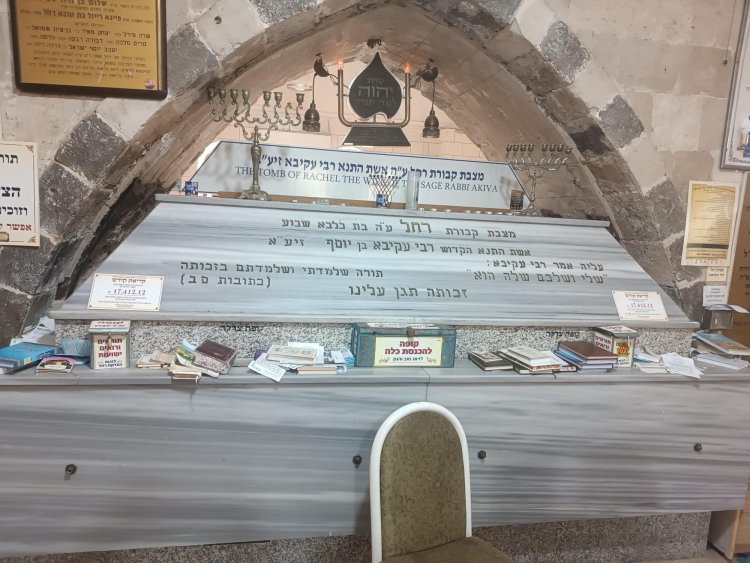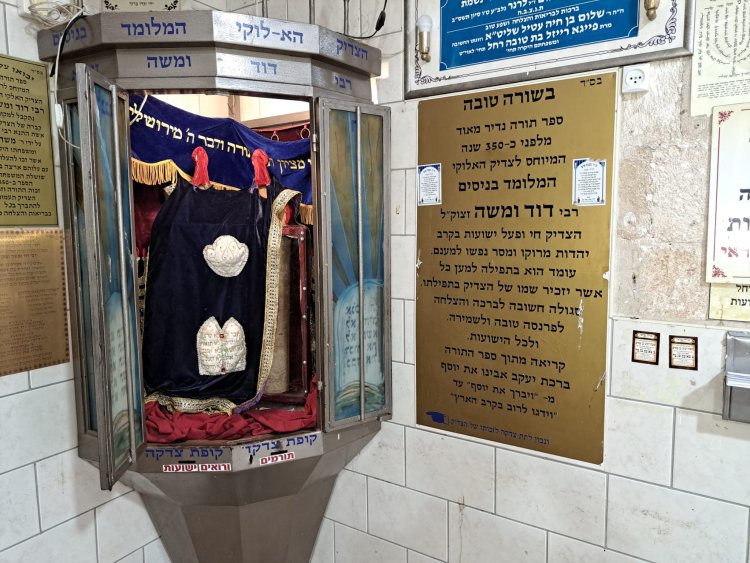History and Archaeology
Rachel, Wife of Rabbi Akiva: The Hidden Story Behind Her Gravesite in Tiberias
Uncover the powerful legacy of Rabbi Akiva’s wife, the ancient traditions about her burial place, and the spiritual practices connected to the site

Rachel, the wife of Rabbi Akiva, was the daughter of Kalba Savua, one of the wealthiest men in Jerusalem. The Talmud in Ketubot (62b) relates that she recognized in Akiva — then a simple shepherd, and “that he was modest and exceptional.” She asked him whether he would agree to study Torah if they were to marry.
After he agreed, the two married. Her father reacted with anger, disowned her, and cut her off from his vast wealth. But Rachel was happy with her husband and urged him to go study Torah. At age 40, Akiva left for the study hall and began learning, while they lived in poverty in a straw-filled shed.
As he advanced in his studies, Rachel sent him back to the yeshiva while she remained at home with their children, continuing to live in poverty.
After 12 years of learning, Rabbi Akiva who was by then a Torah scholar, returned home. He overheard Rachel telling her neighbor that if it were up to her, she would tell him to stay another 12 years in the yeshiva. Upon hearing this, Rabbi Akiva did not enter the house but turned around and returned to the study hall.
After another 12 years, Rabbi Akiva, by then one of the greatest sages of his generation, returned home at the head of thousands of students. Rachel tried to approach and greet him, but the students pushed aside the poor woman. When Rabbi Akiva saw this, he told them: “What is mine and what is yours, belongs to her.”

“The Old Lady”: Centuries-Old Traditions
There are Jewish traditions over 450 years old claiming that Rachel is buried in Tiberias. A Muslim tradition, however, asserts that the burial place belongs to Sukayna, the granddaughter of Muhammad, the founder of Islam.
The earliest Muslim record of this tradition appears in the early 13th century, written by the geographer al-Hamawi. He wrote: “Outside Tiberias lies a grave that people claim belongs to Sukayna.” Yet he added, “The truth is that her grave is not there but in the city of Medina.” A few years later, two marble plaques were placed at the site declaring it to be the grave of Sitt Sukayna.
Rabbi Ishtori HaParchi, who passed through the area in the mid-14th century, noted that the woman buried there is called “the old lady.” Linguistic researchers believe he misunderstood or altered the name Sukayna.
However, the writings of Rabbi Moshe Basola from the early 16th century present a different picture. He visited the site and recorded in his Book of Travels that: “The Ishmaelites have a raised platform and a large white tower, and they say that this is where the wife of Rabbi Akiva, the daughter of Kalba Savua, is buried, and they call her ‘the old lady.’” (This is quoted in Abraham Yaari’s Travels in the Land of Israel.)
The traveler Chaim Halevi Horowitz also wrote in his book Chibat Yerushalayim that the Muslims believe the site is where the wife of Rabbi Akiva, the daughter of Kalba Savua, is buried: “They call her ‘the old lady,’ and even today there is a building named after her.”

Modern Restoration and a Place of Prayer
In 1994, Rabbi Rafael Cohen of Tiberias decided to take the site under his care. The Muslim signs were removed, and the place was cleaned and restored. Today, there is a respectable gravestone there, and prayer gatherings are occasionally held on-site.
In recent years, during excavation work in the area, a well was discovered. People say that those who drink its water merit salvations.
On the men’s side of the structure, there is a centuries-old Torah scroll that once served the synagogue of Rabbi David u’Moshe in Morocco. Since the scroll became invalid for ritual reading, it was placed here by the Buskila family. Reading the Priestly Blessing from this scroll is considered a segulah for many blessings and salvations.

